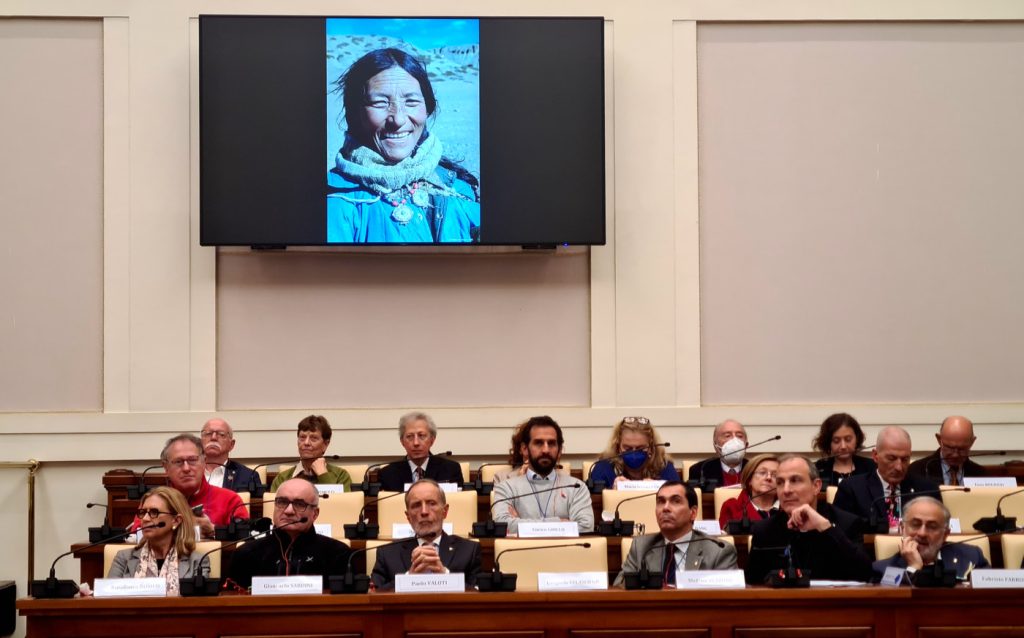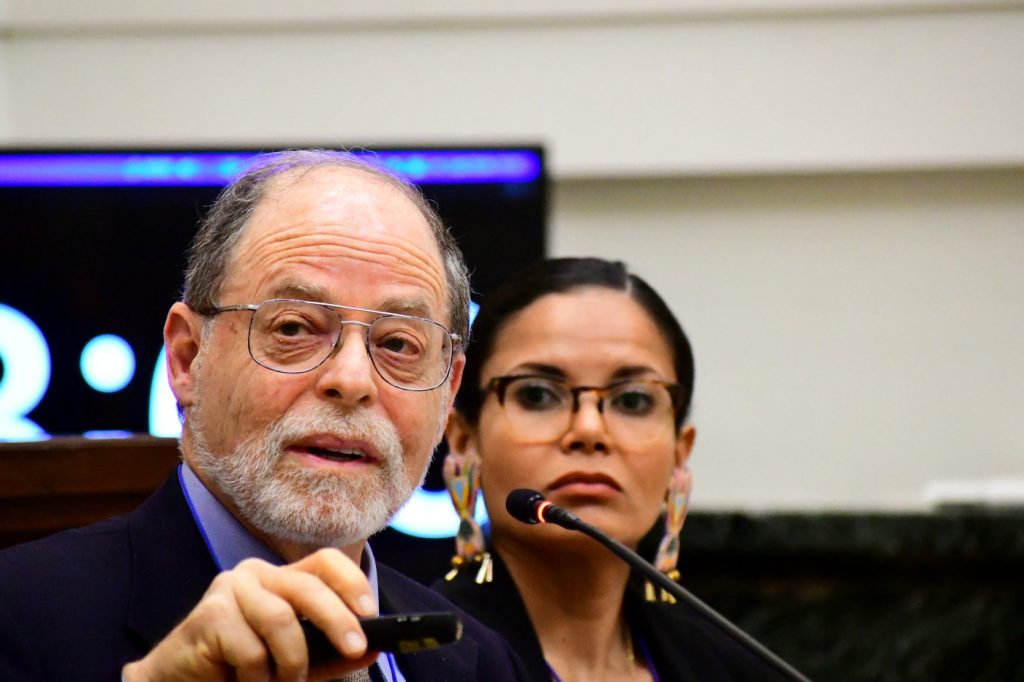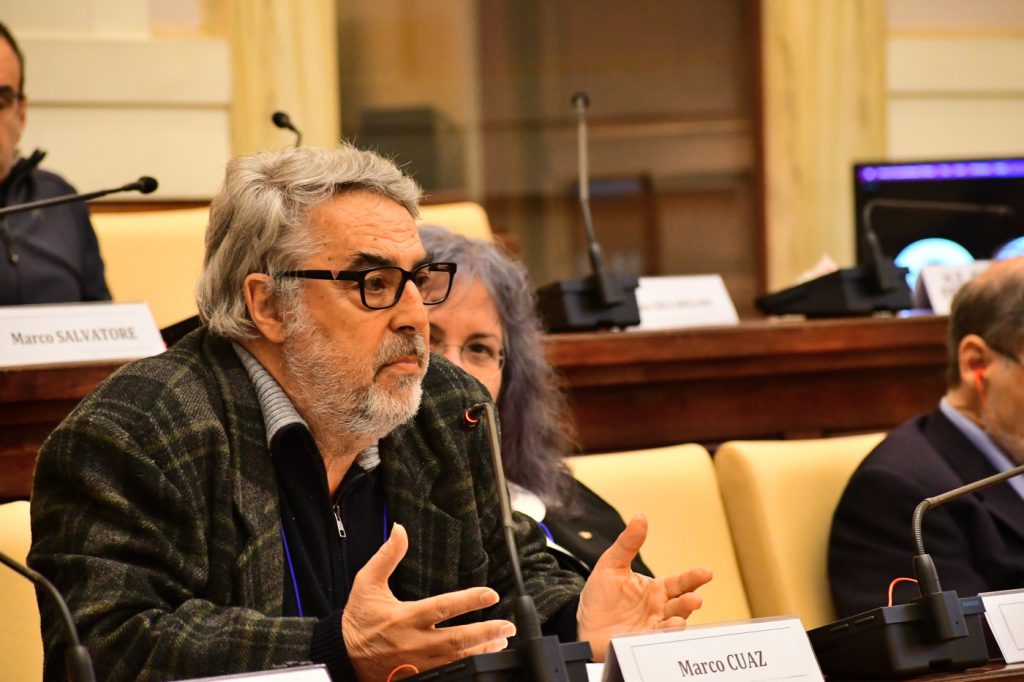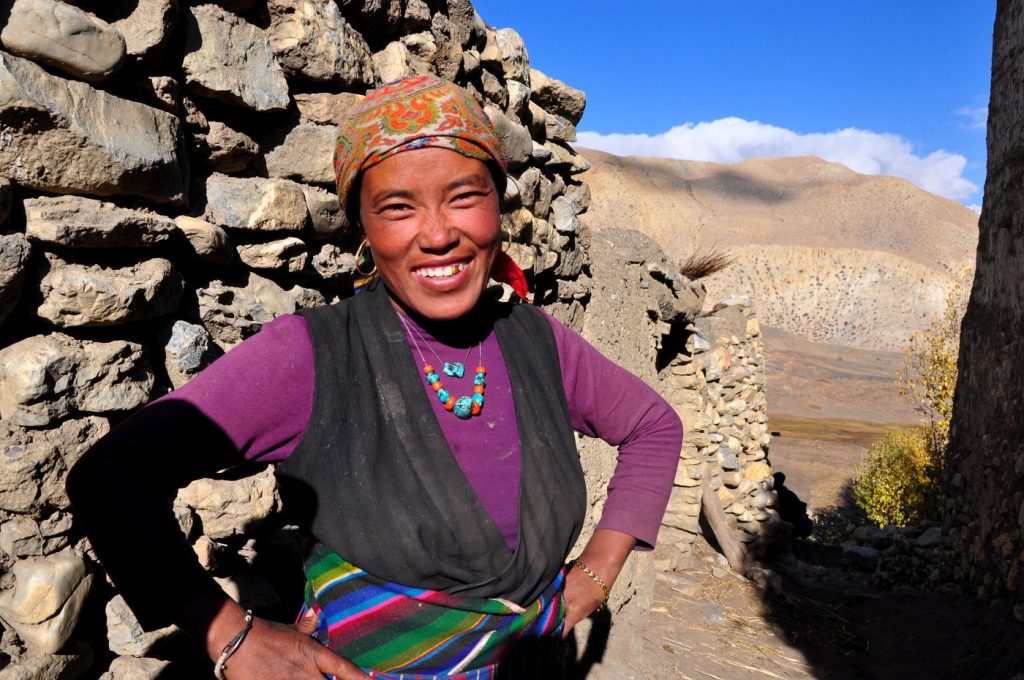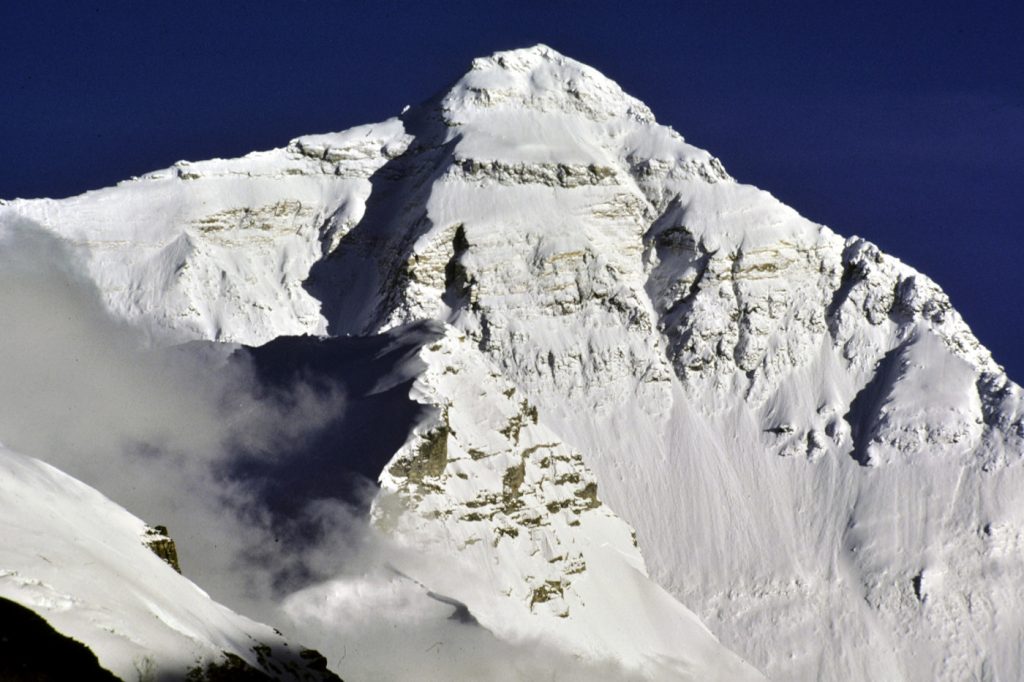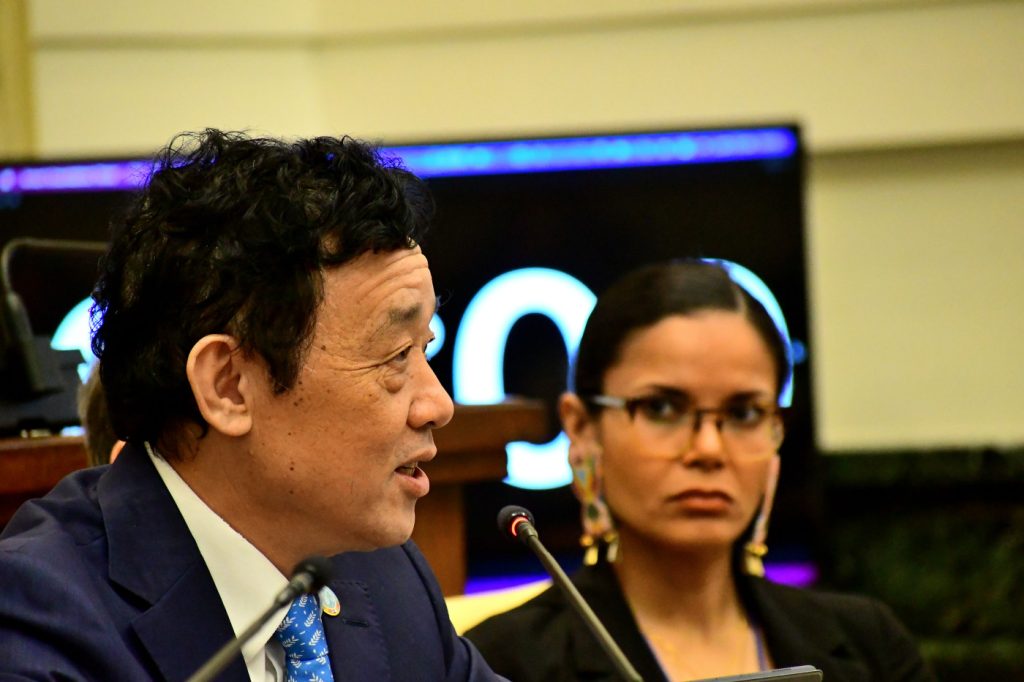There are some words of faith that also penetrate the hearts of the laity. ““Laudato si’, mi’ Signore”, sang St. Francis of Assisi. In this beautiful canticle, he reminded us that our common home is like a sister, with whom we share our existence, and like a beautiful mother who welcomes us into her arms.”. Thus begins the encyclical Praised yes’written by Pope francesco in 2015 and dedicated to the Earth. It’s still. “The urgent challenge of protecting our common home includes concern for unite the whole human family in the search for sustainable and integral development”. “Those who vigorously fight to resolve the dramatic consequences of environmental degradation in the lives of the world’s poorest deserve special gratitude”.
There International Mountain Day, International Mountain Day in English, is celebrated on December 11 of each year and, like all similar anniversaries, it risks giving rise to discounted events. The words of the Argentine Pontiff recalled at the beginning of the meeting by Cardinal José Tolentino de Mendonça gave a different flavor to the meeting The message of the mountains, which was held yesterday, in the Casina Pio IV, headquarters of the Vatican Academy of Sciences. It was organized by the United Nations Mountain Partnership, a program carried out by FAO, together with the Dicastery of Culture and Education of the Holy See. Together with them associations such as the Giovane Montagna and the CAI, the Guide Don Bosco en los Andes project (Perú) and private companies such as Edison and Montura.
This year the day was dedicated to women in the mountainsand to their “crucial role for the conservation of traditions, knowledge and the protection of natural resources in all mountain ecosystems of the world”. Among others, the Friulian mountaineer brought the female point of view Nives Meroi, the first Italian to climb the 14 “eight thousand”, the young Piedmontese refugee Giada Lora of the Zum Gora refuge in Valle Antigorio, the professor and mountaineer from Rieti Ines Millesimi, author of a book on the summit crosses of the Apennines. The young Bolivian Andean guide Maria Teresa Llampa Vasquez sent a video message.
Even the initial greetings were rich in content. Cardinal Tolentino de Mendonça, next to the Laudato si’quoted the writer René Daumal (The analogous mount) and the painter Paul Cézanne. Archbishop Fernando Chica, permanent observer of the Holy See to FAO recalled that “where the women remain the mountain does not die”. Qu Dongyu, Chinese diplomat and FAO Director-General, said that “the mountains are populated by people who see God up close“, And “they are important even if we live in the plains”, and concluded by citing their importance for all the religions of the world. Laura Colombo, general vice president of the Italian Alpine Club, explained the role of women in the international cooperation projects of the CAI, from the one dedicated to the paths and mountains of Kosovo to the one promoted by CAAI and Mountain Wilderness in the Pakistani region of Swat, where 24 girls are preparing to become nature guides.
The first of the two keynote speeches of the day was entrusted to the professor Edwin Bernbaum, author of books on the sacred mountains of the world, and co-chair of the IUCN working group on the cultural and spiritual values of protected areas. Born in New York, now residing in San Francisco, as a young man he lived and discovered the mountains in Ecuador, and trekked in Nepal, China and elsewhere. In his speech, Bernbaum spoke of famous mountains such as Everest / Chomolungma, Mont Blanc, Kenya and Kailas, but also of the Chinese peaks of Hua Shan and the San Francisco Peaks, in Arizona, sacred to the Navajo Indians and Hopi. He mentioned among others Milarepa and John Muir, he also spoke of Jerusalem, the “sacred city of three faiths comprising two small mountains”. His speech was even more surprising because it was delivered in the Vatican City, at the foot of the bust of Pope Pius XI, by Monsignor Achille Ratti who linked his name to the normal Italian road of Bianco, and who made the Casino Pio IV the headquarters of the Vatican Academy of Sciences.
The other main intervention, by the historian, started right from science Marco Cuaz, professor at the University of Valle d’Aosta. After telling of “not to be a mountaineer, but to have grown up among mountaineers like all the Valle d’Aosta”, he explained that he realized, years ago, that “in all the histories of mountaineering, from Claire-Eliane Engel to Massimo Mila, an important page was missing, that of the role of the Church”. “THE the first to go to the mountains were priests, scientists, or scientist-priests” continued Marco Cuaz, who told the story of the vast and varied world of Italian Catholic hiking. A story that begins with Georges Carrel and Leonardo Murialdo, according to whom “nature is a book of religion and of God”. We don’t have the space to follow Cuaz’s entire reasoning. However, his praise of the “mountaineering educator” of the religious who lived between the 19th and 20th centuries, who “he wanted to keep young people away from temptation and from the tavern”. A mountaineering imbued with prudence, inspired by the abbot Joseph-Marie Henry who exhorted to “don’t sacrifice your life in vain against a piece of rock and ice”. For the Aosta Valley historian, this “peaceful” way of going to the mountains resisted the “nationalist and super-homist drift” of the sixth grade years, in Hitler’s Germany and Mussolini’s Italy. And it was defeated, instead, by the “great desacralization of the mountain” which took place after the Second World War, in the years of the spreading of skiing like wildfire.
Ski lifts and slopes have replaced peaks and trails, the mountain has become a Disneyland, fun has replaced fatigue. Above all, explains Cuaz, “Skiing, in addition to bringing the masses to the mountains, brought money to the mountaineers”. Today, climate change has thrown that model into crisis, and the promoters’ idea of building new plants at ever higher altitudes collides with the search for an alternative model. Here, the voice of the historian has given way to that of the citizen in love with the mountains. “The stations just over 1000 meters above sea level have been abandoned, and their pylons will be swallowed up by vegetation like the temples of BurmaMarco Cuaz smiled. The only possible alternative is made up of paths, excursions and walks. “The 20th century was the century of young people, of speed and noise, the 2000s will be the century of the elderly and the rediscovery of slowness. But be careful, for this model to work, it is essential that it bring income and work to mountain people. Otherwise, public opinion in the valleys will always follow the promoters of new plants”.

